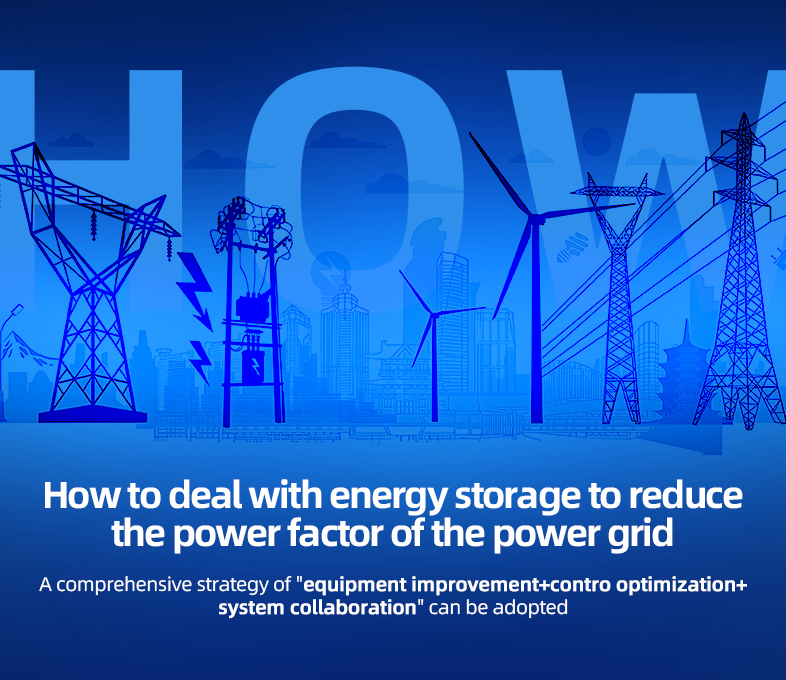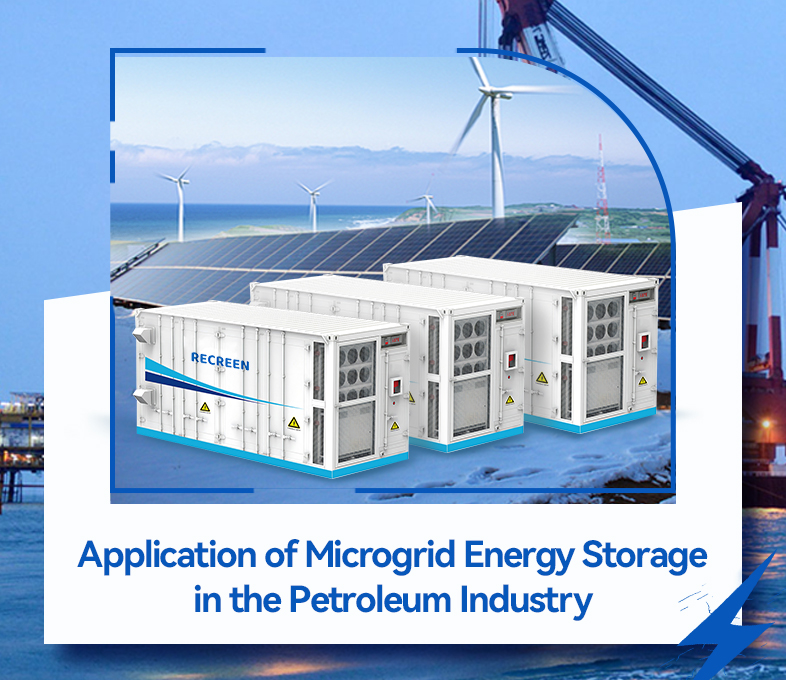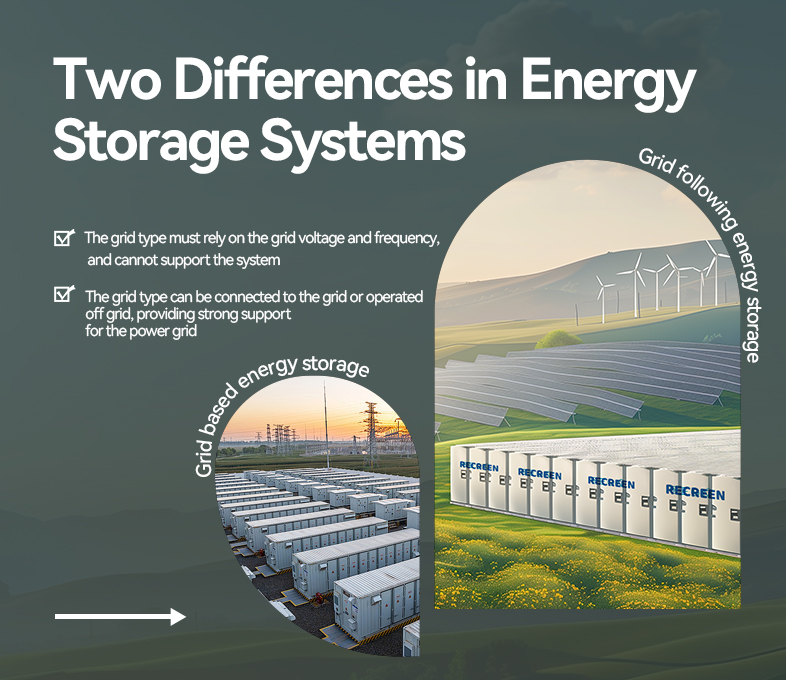In power systems, the integration of energy storage equipment can impact grid power factor, sometimes causing it to drop. A lower power factor may lead to penalties for electricity consumers, negatively affecting both the economic benefits of energy storage and corporate power usage. So, why does energy storage connection reduce power factor, and how can this issue be addressed?
I. Core Reasons for Power Factor Reduction
Power factor (PF) measures the ratio of active power (P) to apparent power (S): PF = P/S. Energy storage systems (ESS) may lower PF due to the following factors:
1. Reactive Power Characteristics of Power Conversion Systems (PCS)
ESS typically connect to the grid via PCS (inverters), which can introduce reactive power issues:
-
Non-ideal switching devices: IGBTs and other semiconductor devices generate transient reactive power demands during commutation.
-
Control strategy limitations: If PCS operates in “constant active power mode” without closed-loop reactive power regulation, PF may deviate from 1.
-
Harmonic pollution: PWM modulation in PCS produces harmonic currents (e.g., 5th/7th order), increasing apparent power (S) and indirectly reducing PF.
2. Operational Mode Switching
During charge/discharge transitions, reactive power fluctuations occur:
-
Charge mode: ESS acts as an inductive load, absorbing lagging reactive power.
-
Discharge mode: Poorly controlled PCS may inject leading reactive power.
-
Transient instability: Phase-locked loop (PLL) desynchronization during mode switching can cause short-term PF drops.
3. Grid Impedance & Resonance
When ESS connects to distribution grids with inductive impedance (e.g., long cables, transformer leakage reactance), LC resonance with PCS filter capacitors may:
-
Amplify harmonic currents, causing reactive power surges.
-
Increase apparent power (S), worsening PF.
4. Multi-ESS Coordination Effects
In large-scale ESS plants, parallel PCS units may exacerbate PF issues due to:
-
Parameter inconsistencies (e.g., PI controller tuning).
-
Circulating currents with reactive components.
II. Impacts of Low Power Factor
-
Higher grid losses: Reactive power increases copper losses in lines/transformers.
-
Voltage instability: Lagging reactive power causes voltage drops, especially at grid edges.
-
Penalty risks: Utilities often penalize users with PF < 0.9.
-
Equipment aging: Harmonics and reactive currents accelerate insulation degradation.
III. Solutions for Power Factor Optimization
A combined approach of hardware upgrades + control optimization + system coordination:
1. Static Var Generator (SVG)
-
Compensates reactive power in milliseconds (±1 PF range).
-
Configurations: Centralized SVG at grid connection point or distributed SVG per PCS.
2. PCS Control Optimization
-
Add reactive power outer-loop control to maintain PF = 1.
-
Real-time grid voltage/current monitoring for dynamic adjustment.
3. Hardware Design
-
Resonance avoidance: Optimize PCS filter parameters (L/C values).
-
Advanced semiconductors: Use SiC/GaN devices to reduce switching losses.
-
Distributed compensation: Deploy TSC (Thyristor-Switched Capacitors) for localized reactive support.
IV. Implementation Recommendations
-
Large ESS plants: Combine SVG + active filters + PCS reactive control.
-
Commercial/industrial ESS: Prioritize PCS PF control + capacitor banks.
-
Microgrids: Use droop control + adaptive compensation for off-grid PF > 0.9.
V. Conclusion
ESS-induced PF reduction stems from inherent reactive power dynamics, harmonics, and system mismatches. Solutions like SVG, advanced PCS controls, and grid coordination can effectively maintain PF.





